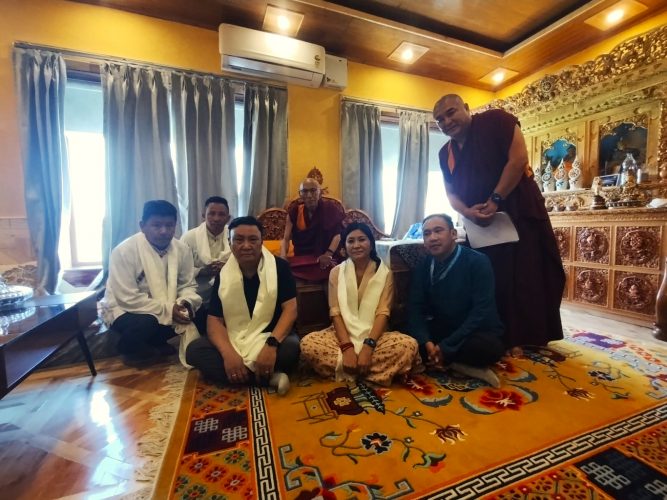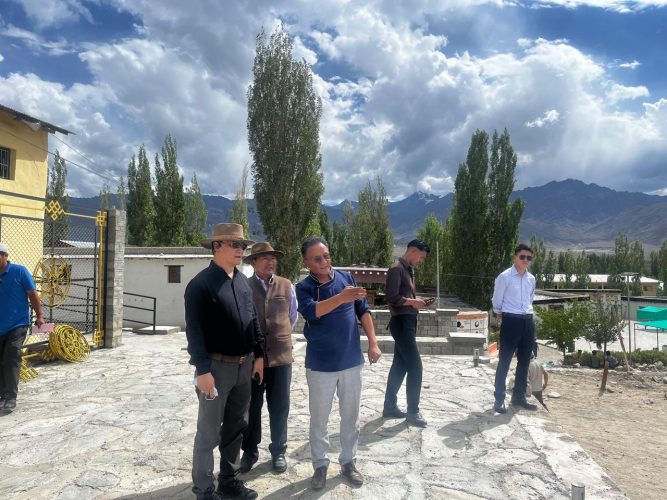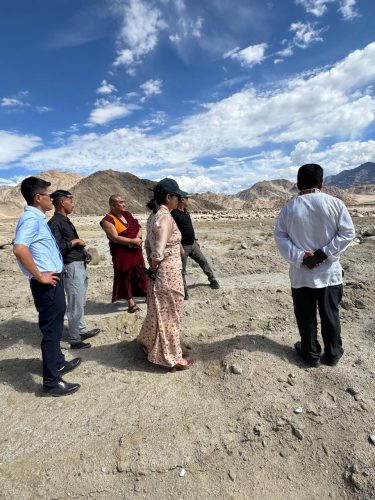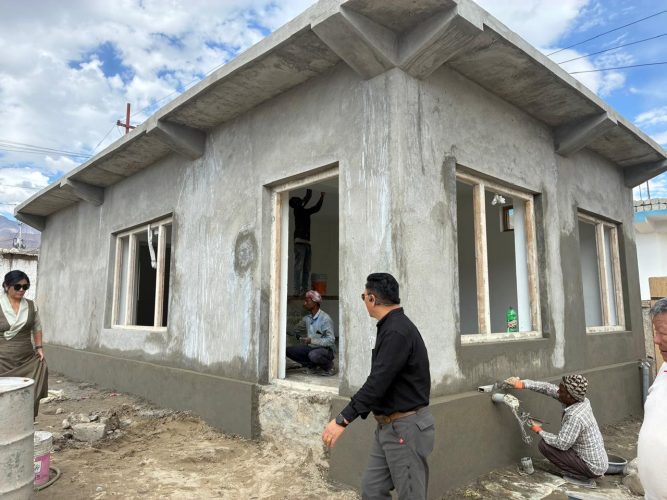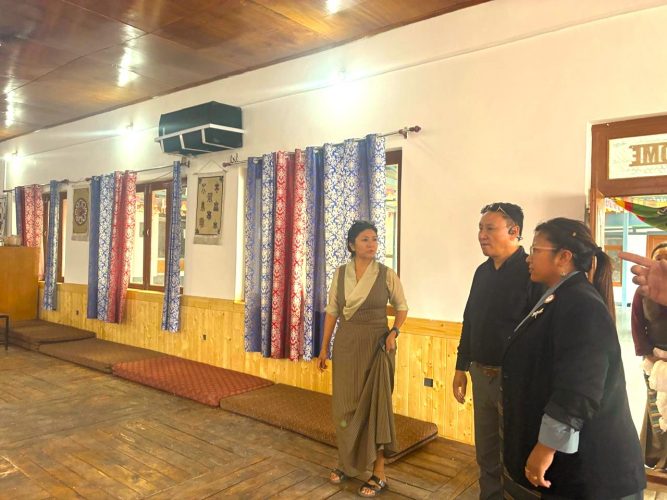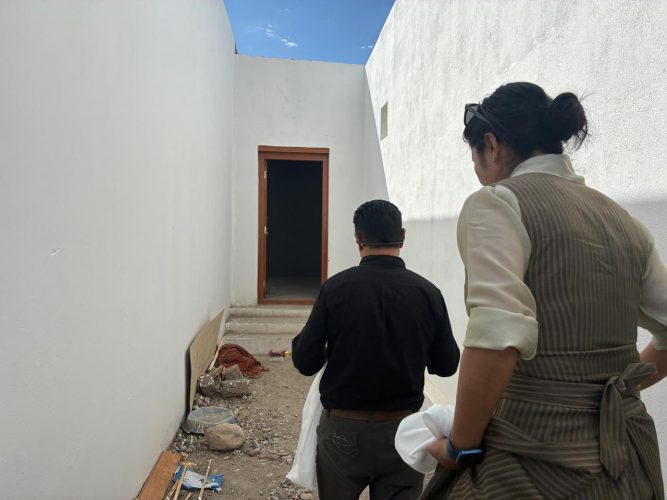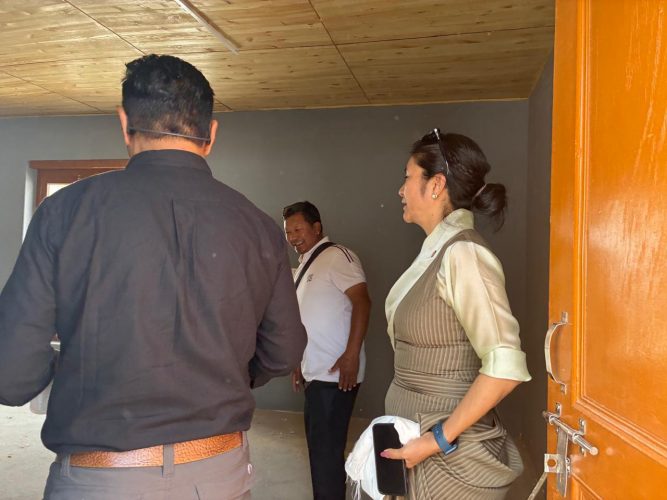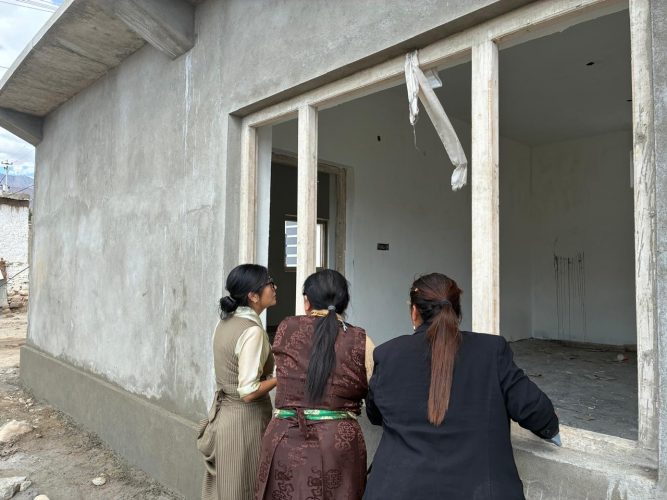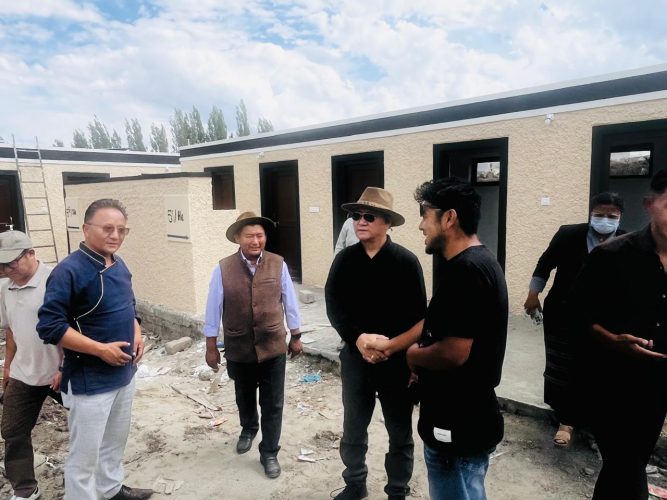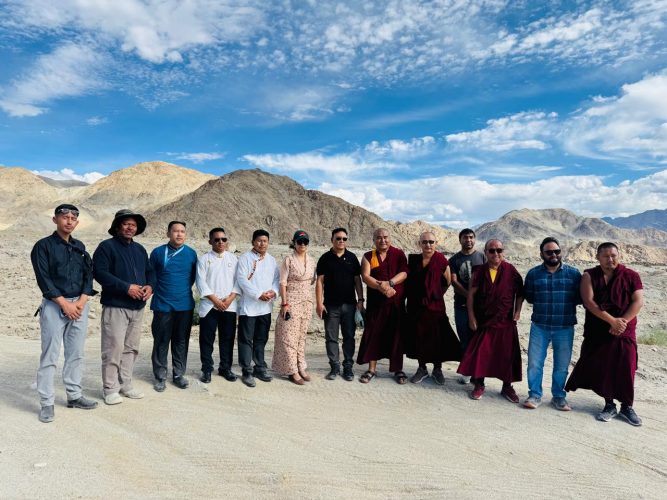
LADAKH, July 28, 2025 – Home Secretary Palden Dhondup concluded a comprehensive five-day official tour of the Ladakh Sonamling Settlement on July 28, following his arrival on July 24. The visit centered on documenting and expressing gratitude for Thiksey Rinpoche’s generous donation of 63 kanals of land to the Central Tibetan Relief Committee (CTRC).
Land Donation to Support Tibetan Community Relocation
The donated land will facilitate the relocation of the Jangthang Tibetan Settlement in Chumur and provide permanent housing for Tibetan families in Leh currently without stable residences. This significant contribution from Thiksey Rinpoche represents a major step forward in addressing housing challenges within the Tibetan exile community.
Day-by-Day Highlights
Day 1 – July 24: Secretary Dhondup received a warm welcome at the Ladakh Settlement Office from the Chief Representative Officer (CRO), Local Justice Commissioner, Vice Chairman of the Local Tibetan Assembly, settlement office staff, and other dignitaries. During meetings with local officials, he emphasized the importance of community unity in overcoming challenges and maintaining peace within the exile Tibetan community. The day concluded with an inspection of the donated 63-kanal land site.
Day 2 – July 25: The Home Secretary conducted extensive inspections of Central Tibetan Administration (CTA)-funded projects throughout Ladakh Sonamling. His tour included visits to the toilet construction site at Ladakh TCV school, where he was welcomed by the TCV Director, followed by inspections of Camp No. 9’s community kitchen and store room construction, Camp No. 7’s community kitchen construction, and Camp No. 8’s wooden panel installation at the community hall.
Day 3 – July 26: Secretary Dhondup and local dignitaries welcomed the Sikyong at the airport for a day of significant ceremonial activities. The delegation held a meeting with Thiksey Rinpoche at his residence, followed by a consecration ceremony at the donated land site where Rinpoche blessed the property and interacted with members of the Chumur Tibetan nomadic community. The afternoon featured a formal gathering at the Sonamling Tibetan Community Hall in Leh, where deep appreciation was expressed to Thiksey Rinpoche and Thiksey Monastery. A citation from the Department of Home and commemorative souvenirs were presented to recognize Rinpoche’s compassionate support for Tibetan welfare.
Day 4 – July 27: The morning began with attendance at a reception for His Excellency Petr Pavel, President of the Czech Republic, followed by cultural performances at the Sonamling Tibetan Community Hall showcasing support for the Tibetan community. After lunch with the Sikyong, Secretary Dhondup visited project sites in Maque and Chushul for BBCC projects. The day concluded with a dinner hosted by the CTA for Thiksey Rinpoche and local Indian dignitaries.
Day 5 – July 28: On the final day, Secretary Dhondup met with loan applicants, noting that Ladakh recorded the highest number of loan applications this year. He conducted thorough assessments to ensure applicants’ capacity for loan repayment and genuine commitment to establishing businesses. During discussions with youth, he observed their enthusiasm for entrepreneurial initiatives. Secretary Dhondup emphasized a strategic pivot in CTA’s approach to supporting the Ladakh Tibetan community. While acknowledging the numerous infrastructure projects completed over the years, he stressed the importance of now focusing investment on the younger generation. “It is time to shift our focus towards investing in the future generation, particularly the youth,” he stated, advocating for enhanced educational and vocational opportunities rather than continued infrastructure development.
The visit concluded with an inspection of seasonal farming operations, where the Secretary observed local agricultural practices and met with farmers engaged in seasonal business activities.
This comprehensive visit underscores the Central Tibetan Administration’s commitment to addressing both immediate housing needs and long-term community development in the Ladakh region.
